Cultural Event Promotion: Celebrating Diversity and Inclusion

Promoting cultural events is more than just a marketing strategy; it fosters community diversity and inclusion. Cultural events serve as a bridge, connecting diverse groups through shared experiences, dialogue, and celebration of heritage and innovation.
Quick Summary
Cultural events are essential for promoting understanding and inclusion within diverse communities, acting as a platform for shared experiences and dialogue. Success is driven by engaging local participants in the planning process, choosing accessible venues, and effective marketing strategies that resonate across demographics. Creating partnerships with local businesses and cultural organizations adds authenticity and reach. Ultimately, these events cultivate greater societal change by fosterin
This blog post aims to promote inclusive event promotion.
The Significance of Cultural Events
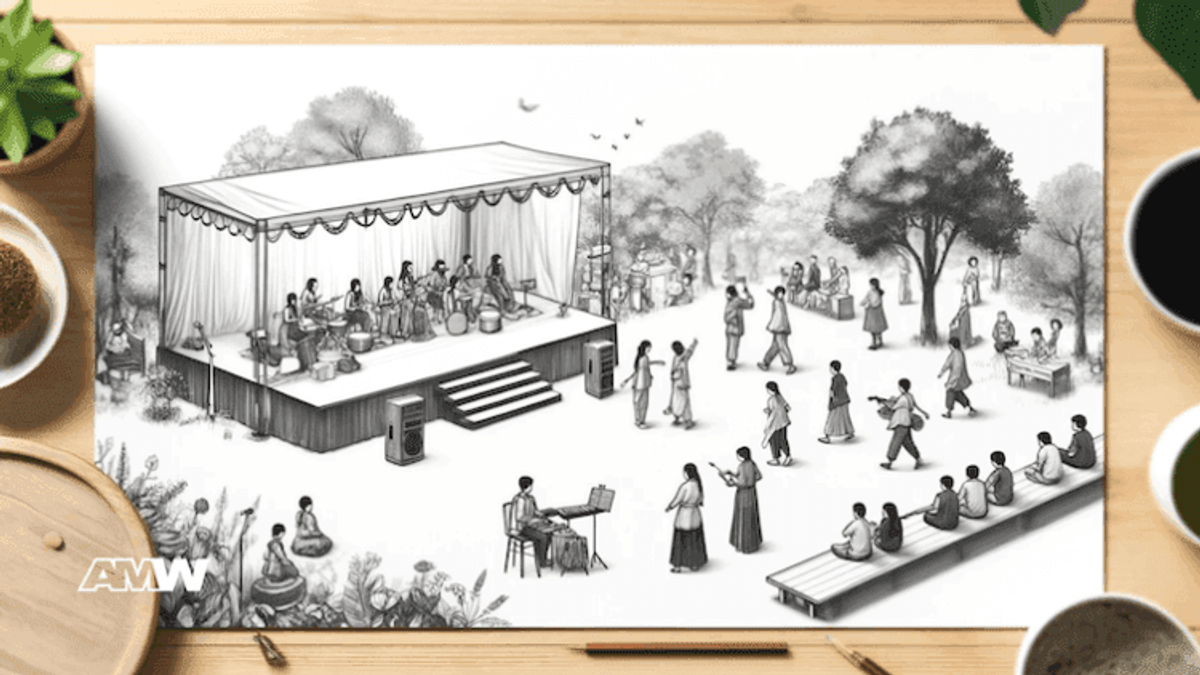
Cultural events are powerful tools that promote understanding, empathy, and mutual respect among different communities. They offer a unique platform for people from various backgrounds to come together and share their traditions, stories, and art forms.
Ready to Grow Your Business?
Get a free consultation and custom strategy tailored to your goals.
For example, consider an event like a fictional annual music festival designed to showcase folk and traditional music worldwide. This event entertains and educates attendees about the rich musical heritage of different cultures, fostering a sense of global unity and appreciation.
Moreover, cultural events can significantly impact local economies and social cohesion. They attract tourists, support local artists and craftspeople, and stimulate businesses. A well-executed cultural festival, such as a fair, where local and international artists display their crafts, can invigorate a city's cultural scene and benefit local vendors and hospitality sectors economically.
Planning for Success

To ensure the success of a cultural event, clear objectives need to be set from the outset. These objectives should align with broader goals of diversity and inclusion.
For instance, if the aim is to enhance intercultural dialogue, the event should include forums, workshops, and panels featuring speakers from varied backgrounds discussing pertinent topics like migration, tradition, and cultural fusion.
Engaging the community in the planning process is crucial. This can be achieved by forming a diverse planning committee representing different community segments.
Take a hypothetical parade where the committee includes members from various ethnic groups, local businesses, and civic organizations. This inclusive approach ensures that the event reflects the community's diverse makeup and addresses its specific needs and interests.
Selecting the right venue is also a vital part of the planning process. The venue should be accessible to everyone, including individuals with disabilities. It should also be culturally neutral to ensure that no group feels marginalized.
For example, choosing a central public park for a food carnival or a fictional event showcasing global cuisines ensures that it is reachable by public transportation and has facilities for people with disabilities, making it welcoming to all.
Marketing and Promotion Strategies
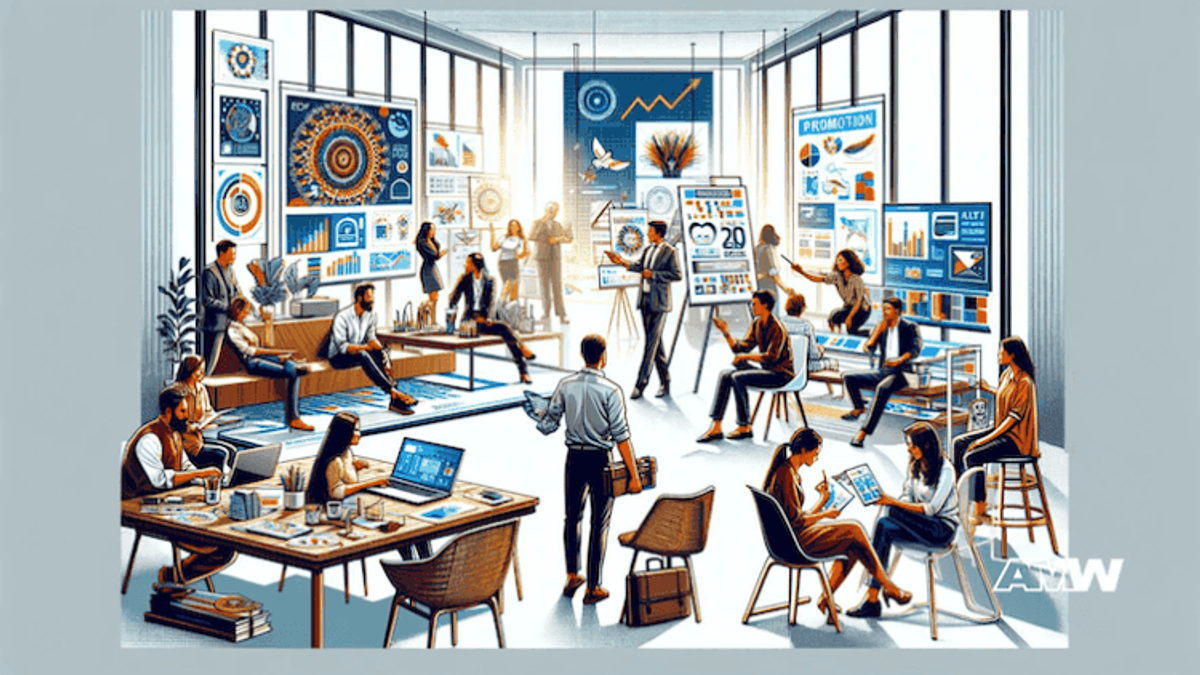
Effective marketing is important to attracting a diverse audience to cultural events. Targeted outreach involves understanding the community's demographics and using the appropriate channels to reach them.
For instance, promoting the "Dance Battle," a fictional event featuring traditional and contemporary dance forms, might involve using social media platforms popular among younger demographics, like Instagram and TikTok, and community radio stations favored by older generations.
Inclusive messaging in promotional materials is essential to reflect the community's diversity and the event's spirit. This means using images, language, and themes that resonate with various groups.
Ready to Grow Your Business?
Get a free consultation and custom strategy tailored to your goals.
For a hypothetical event celebrating literature worldwide, promotional posters and flyers feature authors and titles from different cultures, languages, and genres, accompanied by translations in multiple languages common in the local area.
Leveraging digital marketing is also crucial. Creating an event website and using SEO strategies to appear in searches related to cultural events in the area can significantly enhance visibility. Social media campaigns using hashtags, live videos, and interactive content can engage potential attendees and create a buzz around the event.
Collaboration and Partnerships

Effective collaboration and partnerships are fundamental to the success of any cultural event. These alliances broaden the event's reach and enhance its authenticity and impact. Engaging with local businesses, cultural organizations, and community leaders can provide resources, expertise, and a supportive network.
Consider the fictional cinema event, a film festival showcasing international films in an open-air setting. The organizers secured diverse films, expert panels, and educational workshops by partnering with local cinemas, cultural embassies, and film schools. Local businesses provided sponsorship, which helped with funding and added an element of local flavor through food stalls and merchandise.
Community leaders are pivotal in endorsing and promoting the event within their networks. For the parade, collaboration with community leaders ensured that the parade routes passed through diverse neighborhoods, involving residents in the planning and execution, which increased local engagement and attendance.
Accessibility and Inclusivity at the Event
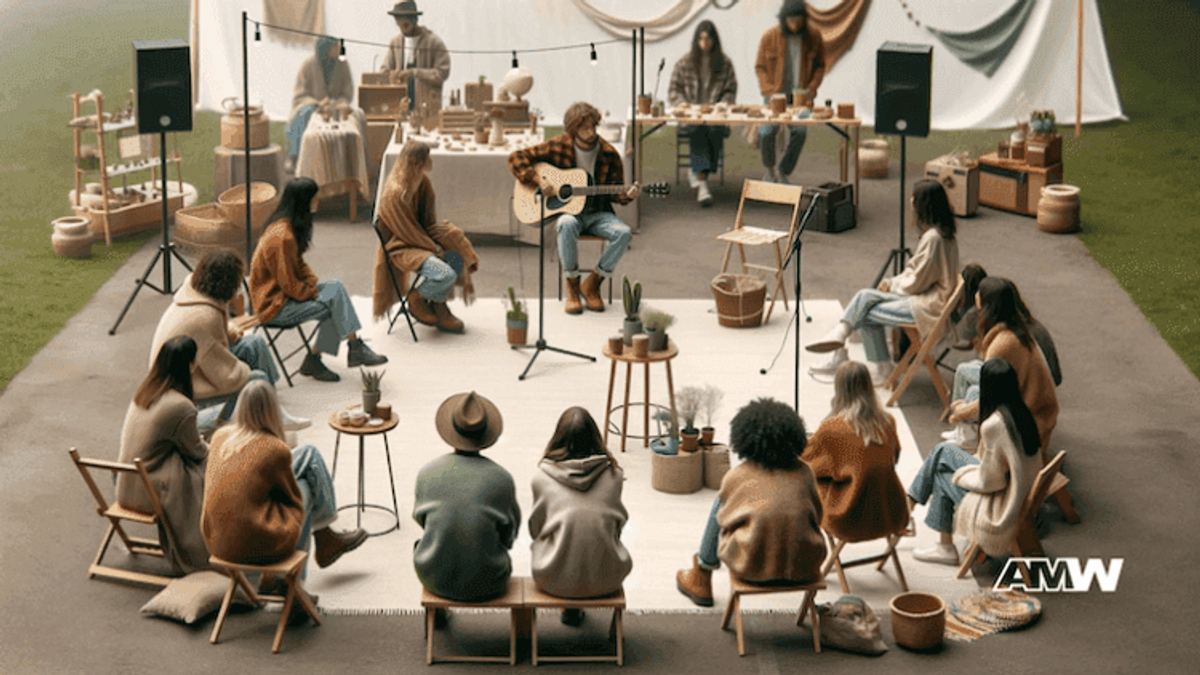
Creating an accessible environment involves more than just physical access. It's also about making everyone feel welcome and valued. This involves several considerations, from the physical layout of the venue to the programming and language used throughout the event.
For instance, at a Food Carnival, organizers ensured that all stalls were wheelchair accessible and that sign language interpreters were available at cooking demonstrations and talks. Information brochures were printed in Braille and multiple languages reflective of the community's demographics.
Cultural sensitivities are also paramount. At the fair, care was taken to ensure that cultural artifacts were displayed respectfully and with informative explanations that educated visitors about their significance and origins. Workshops were designed to be interactive and educational rather than just observational, allowing attendees to engage deeply with the represented cultures.
Measuring Success and Gathering Feedback
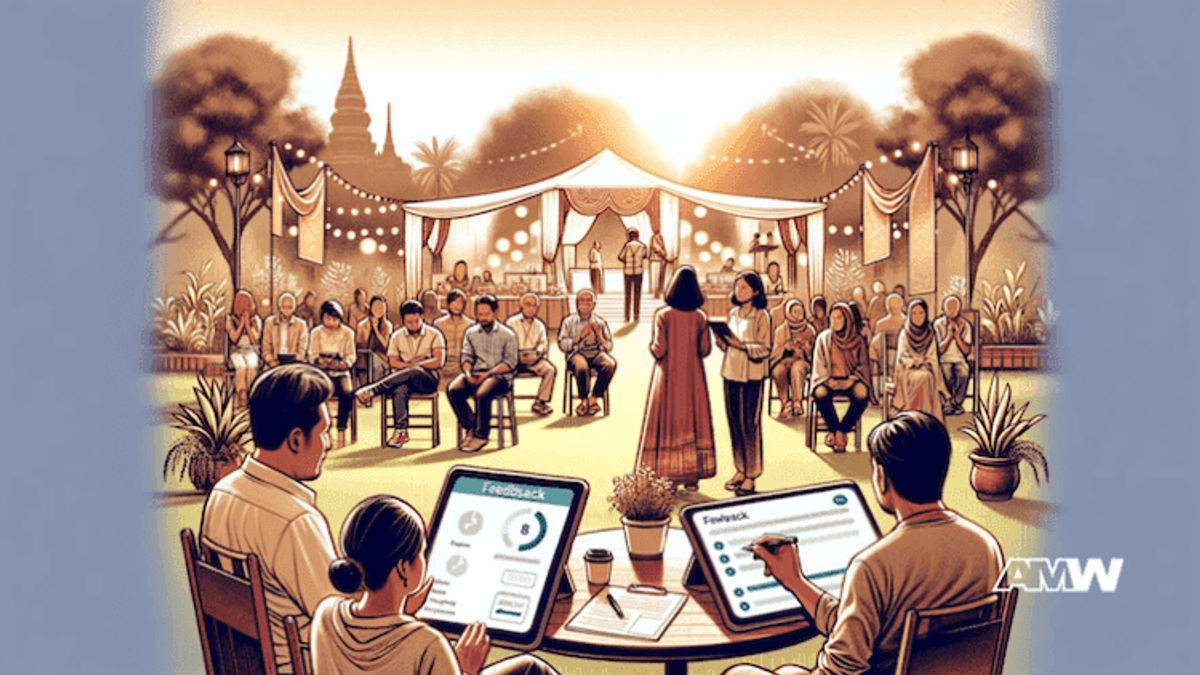
The true measure of a cultural event's success goes beyond attendance numbers; it lies in its impact on community cohesion, understanding, and promotion of diversity and inclusion. To measure something accurately, you must use quantitative and qualitative metrics.
For a festival, organizers used ticket sales, social media engagement, and demographic surveys of attendees as quantitative metrics. Qualitatively, they gathered feedback through post-event surveys that asked attendees about their experiences, learning, and suggestions for improvement.
Gathering feedback is essential for continuous improvement. For the "Dance Battle," feedback forms were distributed in paper and digital formats to capture the opinions of a wider audience. This feedback revealed the need for more diverse dance styles in future event iterations, prompting organizers to plan for additional genres and workshops.
Ready to Grow Your Business?
Get a free consultation and custom strategy tailored to your goals.
Conclusion
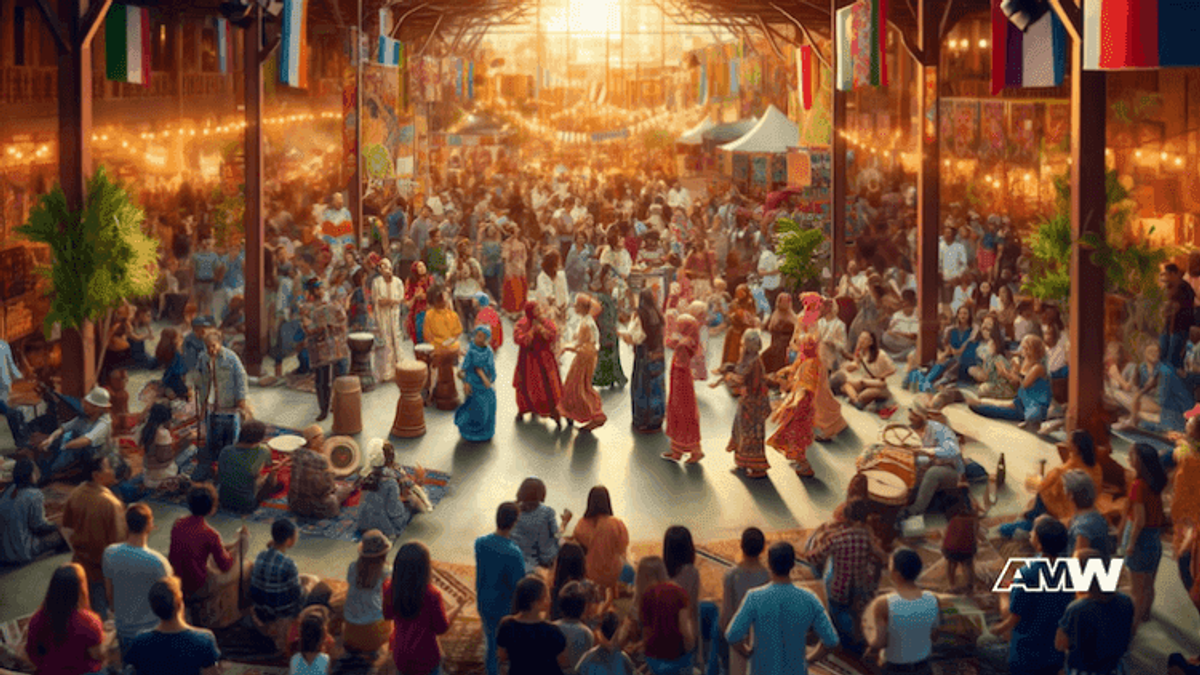
As explored throughout this blog post, promoting cultural events celebrating diversity and inclusion requires thoughtful planning, strategic marketing, robust partnerships, and a deep commitment to accessibility. Each element of the event—from its conception to its execution—plays a vital role in ensuring that it not only entertains but educates and unites diverse communities.
The impact of these events extends far beyond the immediate experience of attendees. They catalyze broader societal change, fostering greater understanding, reducing prejudices, and encouraging a more inclusive and cohesive community fabric. Whether through the vibrant colors and sounds of the parade or the insightful discussions at the Cinema festival, these events leave a lasting imprint on all who participate.
The journey to a successful cultural event continuously evolves for event organizers and promoters. Learning from each event, incorporating feedback, and adapting to changing community dynamics are essential steps in this journey. The goal is not just to celebrate diversity for a day but to weave it into the fabric of everyday life, creating a richer, more inclusive society.
FAQ
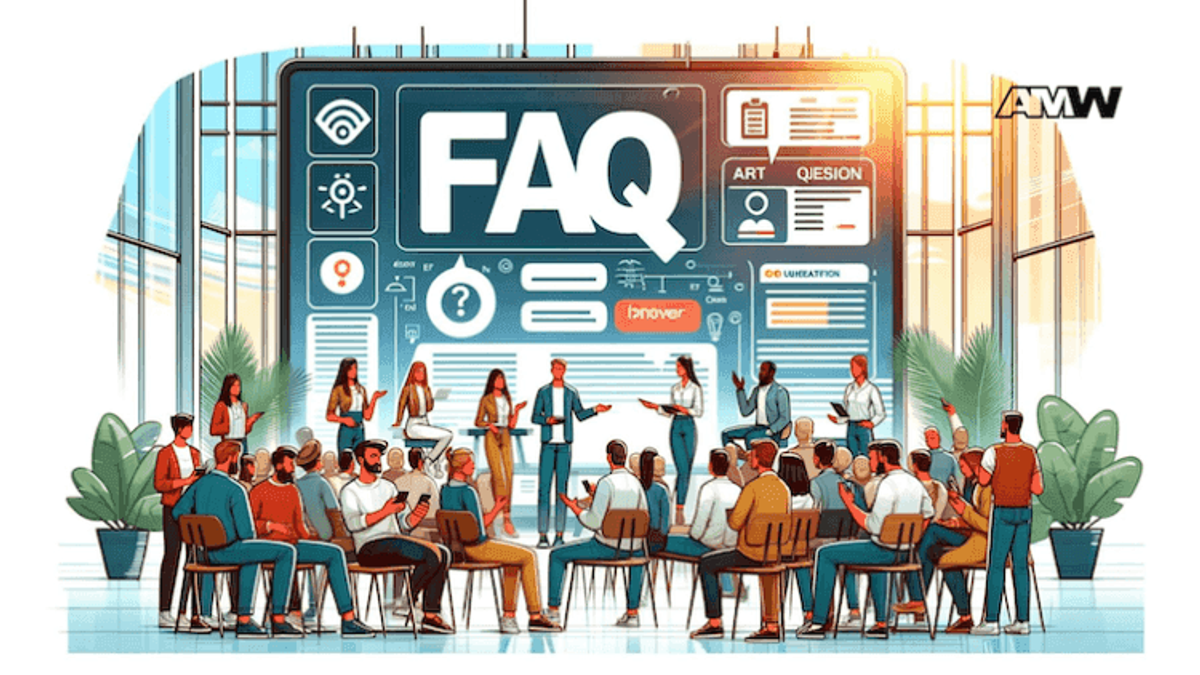
How can I identify the right partners for my cultural event?
Identifying the right partners involves looking for organizations and businesses that share your event's vision and values. Start by mapping out potential partners in your community, such as cultural associations, educational institutions, local businesses, and media outlets.
For example, a book festival partnering with local bookstores, libraries, and literary clubs provided a robust network of support and resources. Ensure that these partners have a stake in the event's success and can contribute in kind or through financial or promotional support.
What are some effective ways to engage younger audiences in cultural events?
To engage younger audiences, leverage the platforms and mediums they use most frequently. Social media such as Instagram and TikTok are well-suited for targeting this demographic. Create interactive content such as challenges, behind-the-scenes videos, and influencer collaborations.
For the "Dance battle," live streaming the event and using youth-oriented hashtags significantly increased engagement among younger attendees. Additionally, involving schools and youth clubs can foster early interest and participation.
How can I ensure that promotional materials are inclusive and representative?
Ensure inclusivity in promotional materials by using diverse imagery and language that reflects the community's demographics. Consult with cultural advisors to avoid stereotypes and ensure respectful representation. For a festival, the promotional materials featured artists of various backgrounds and included translations in multiple community languages.
Additionally, ensuring accessibility options like audio descriptions and video subtitles can make your materials more inclusive for people with disabilities.
Which metrics can be used to measure the success of a cultural event?
Success metrics should include both quantitative and qualitative data. Quantitatively, look at attendance numbers, ticket sales, website traffic, and social media engagement. Qualitatively, gather attendee feedback on their experience, learning outcomes, and overall satisfaction.
For the fair, organizers also tracked the number of repeat visitors and the sales figures of local artisans as indicators of the event's economic impact and community engagement.
How can I handle cultural sensitivities and avoid potential controversies?
Handling cultural sensitivities requires careful planning and open dialogue. Engage cultural consultants and community leaders in planning to ensure respectful representation. Creating a feedback mechanism for immediate concerns during the event can help address issues promptly and respectfully.
Ready to Grow Your Business?
Get a free consultation and custom strategy tailored to your goals.
Frequently Asked Questions
How do you create an inclusive marketing strategy for cultural events?
Create inclusive marketing by using diverse channels that reach different demographics, such as social media for younger audiences and community radio for older generations. Use promotional materials with images, language, and themes representing various cultural groups. Include translations in multiple local languages and leverage digital marketing with SEO-optimized event websites. Partner with community leaders to endorse and promote within their networks for authentic outreach.
What are the key accessibility requirements for cultural events?
Ensure physical accessibility with wheelchair-accessible venues, pathways, and facilities. Provide sign language interpreters for presentations and performances. Offer materials in multiple formats including Braille and various languages. Choose culturally neutral, centrally located venues accessible by public transportation. Include accessible restrooms, designated parking, and clear signage. Consider sensory accommodations and ensure all programming areas are reachable by attendees with disabilities.
How do you measure the success of diversity and inclusion cultural events?
Use both quantitative metrics like attendance numbers, demographic surveys, ticket sales, and social media engagement, plus qualitative measures through post-event feedback surveys. Ask attendees about their learning experiences, cultural understanding gained, and suggestions for improvement. Assess community impact through follow-up studies measuring intercultural dialogue, reduced prejudices, and increased community cohesion. Track long-term partnerships formed and ongoing cultural exchange activities.
What partnerships are essential for successful cultural event promotion?
Partner with local businesses for sponsorship and resources, cultural organizations for authentic programming, and community leaders for endorsement and outreach. Collaborate with cultural embassies, schools, and civic organizations for diverse representation. Work with local venues, transportation services, and accessibility organizations. Include media partnerships for broader reach and cultural institutions like museums or libraries for educational components and expert speakers.
How do you ensure cultural sensitivity when planning diverse events?
Form a diverse planning committee representing different community segments and cultural groups. Consult with cultural leaders and community elders during planning. Display cultural artifacts respectfully with educational explanations about their significance and origins. Create interactive, educational experiences rather than just observational displays. Avoid cultural appropriation by involving authentic cultural representatives in programming decisions and ensuring proper cultural protocols are followed throughout the event.
What venue considerations are important for inclusive cultural events?
Select culturally neutral venues that don't favor any particular group, ensuring no community feels marginalized. Choose central locations accessible by public transportation with adequate parking. Verify full accessibility compliance including ramps, elevators, and accessible restrooms. Consider capacity for diverse programming needs, outdoor spaces for larger gatherings, and indoor areas for workshops. Ensure proper acoustics, lighting, and climate control for comfortable participation by all attendees.
How can cultural events boost local economic development?
Cultural events attract tourists, increasing hotel bookings, restaurant visits, and local shopping. They support local artists, craftspeople, and vendors through sales opportunities and exposure. Events stimulate the hospitality sector and create temporary employment opportunities. They enhance the area's cultural reputation, attracting future tourism and investment. Local businesses benefit from increased foot traffic, and the community gains economic diversity through cultural tourism development and creative industry growth.
Related Articles

Events in the Community: Ideas to Bring People Together
Discover ideas for hosting community events that unite residents, support local businesses, and drive positive change in your area.

Events Marketing Plan: Creating an Event Strategy
Planning a successful event often requires a well-thought-out strategy that can significantly impact its outcome. Whether you're organizing a conference, a product launch, or a community event, an

How to Advertise an Event: Top Tips
Effective event advertising is crucial for ensuring your event's success. Whether you're organizing a corporate conference, a product launch, or a community fundraiser, the right promotion strategies